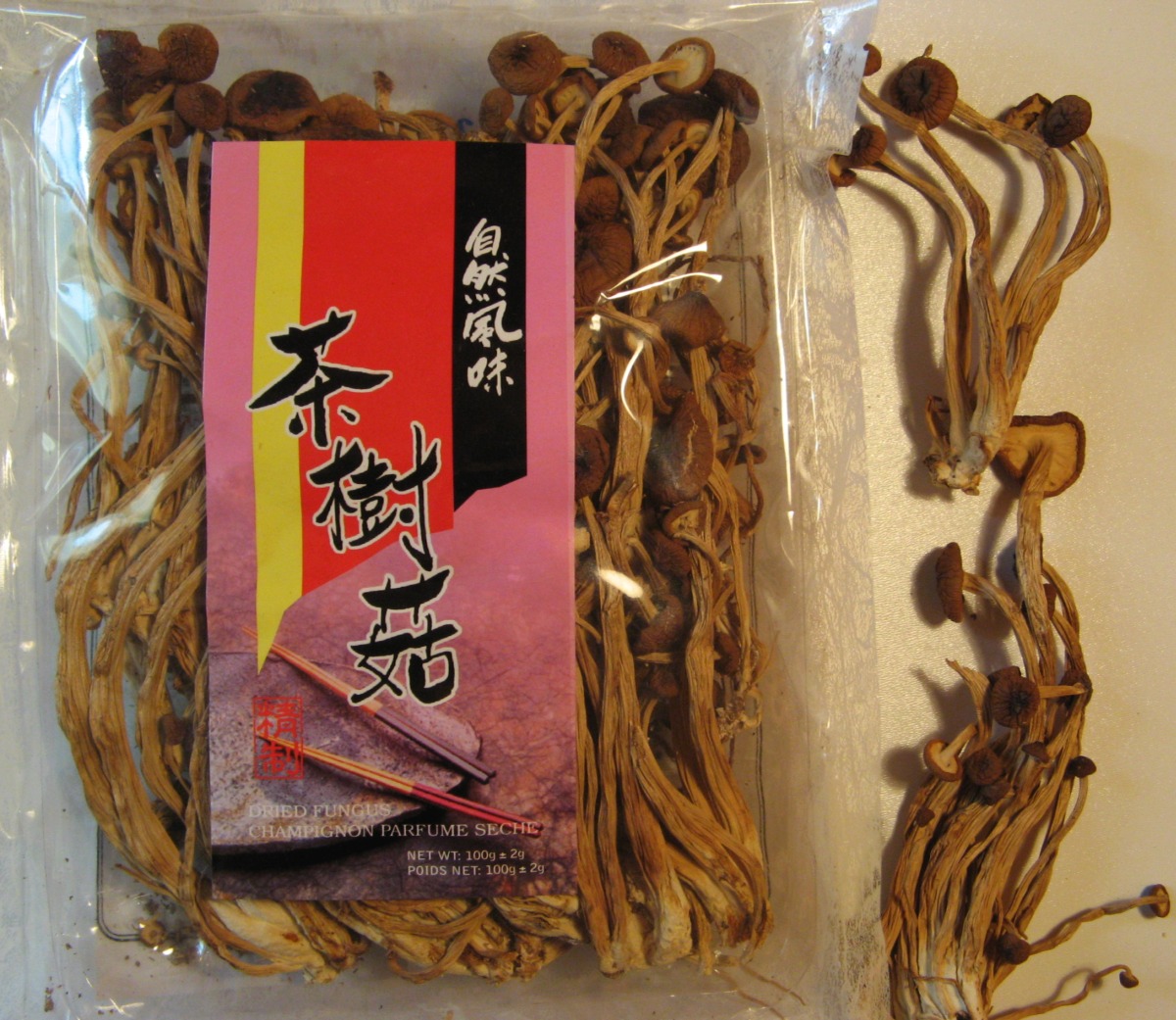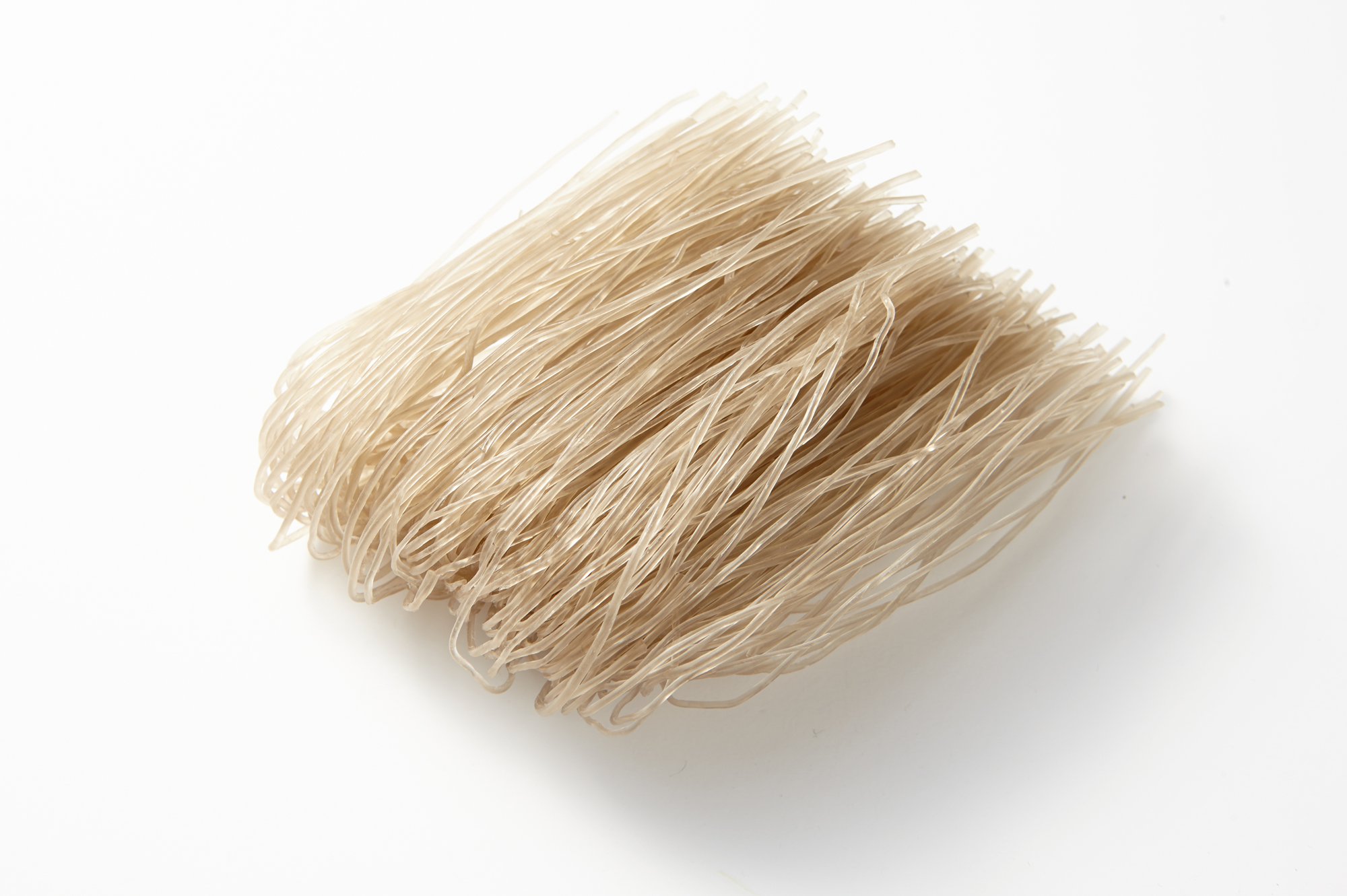|
Auricularia Heimuer
''Auricularia heimuer'', also known as heimuer () or black wood ear, is a species of fungus in the order Auriculariales. It is commercially cultivated for food in China at a value exceeding $4 billion (USD) per year. The species was previously referred to as the European ''Auricularia auricula-judae'', but the latter is not known to occur in east Asia. ''Auricularia heimuer'' is a popular ingredient in many Chinese dishes, such as hot and sour soup, and it is also used in traditional Chinese medicine. Taxonomy ''Auricularia heimuer'' was described in 2014 as a result of molecular research, based on cladistic analysis of DNA sequences, into wild and cultivated species of ''Auricularia'' in China. This research revealed that the most frequently cultivated species was previously misdetermined as ''Auricularia auricula-judae'', a species confined to Europe, and was instead a separate and distinctive species restricted to east Asia. It was given the name ''Auricularia heimuer'' ba ... [...More Info...] [...Related Items...] OR: [Wikipedia] [Google] [Baidu] |
Species
In biology, a species is the basic unit of classification and a taxonomic rank of an organism, as well as a unit of biodiversity. A species is often defined as the largest group of organisms in which any two individuals of the appropriate sexes or mating types can produce fertile offspring, typically by sexual reproduction. Other ways of defining species include their karyotype, DNA sequence, morphology, behaviour or ecological niche. In addition, paleontologists use the concept of the chronospecies since fossil reproduction cannot be examined. The most recent rigorous estimate for the total number of species of eukaryotes is between 8 and 8.7 million. However, only about 14% of these had been described by 2011. All species (except viruses) are given a two-part name, a "binomial". The first part of a binomial is the genus to which the species belongs. The second part is called the specific name or the specific epithet (in botanical nomenclature, also sometimes i ... [...More Info...] [...Related Items...] OR: [Wikipedia] [Google] [Baidu] |
Auricularia Villosula
''Auricularia'' is a genus of fungi in the family Auriculariaceae. Basidiocarps (fruit bodies) are typically gelatinous and ear-shaped, with a slightly downy to conspicuously hirsute upper surface and an under surface that is smooth, wrinkled or veined. All species grow on wood. Several ''Auricularia'' species are edible and commercially cultivated on a large scale in China and East Asia. Taxonomy The genus was first introduced in 1780 by French mycologist Pierre Bulliard for a range of different fungi producing fruit bodies with an ear-like shape. In 1822 Christian Hendrik Persoon restricted the genus to two gelatinous species, '' Auricularia mesenterica'' (which became the type species) and ''A. sambuci'' (a synonym of ''Auricularia auricula-judae''). In 1848 Swedish mycologist Elias Magnus Fries accepted ''A. mesenterica'' within the genus but, on the basis of differences in fruitbody appearance, introduced a new genus, ''Hirneola'', for most other species. This division i ... [...More Info...] [...Related Items...] OR: [Wikipedia] [Google] [Baidu] |
Fungi Of Asia
A fungus ( : fungi or funguses) is any member of the group of eukaryotic organisms that includes microorganisms such as yeasts and molds, as well as the more familiar mushrooms. These organisms are classified as a kingdom, separately from the other eukaryotic kingdoms, which by one traditional classification include Plantae, Animalia, Protozoa, and Chromista. A characteristic that places fungi in a different kingdom from plants, bacteria, and some protists is chitin in their cell walls. Fungi, like animals, are heterotrophs; they acquire their food by absorbing dissolved molecules, typically by secreting digestive enzymes into their environment. Fungi do not photosynthesize. Growth is their means of mobility, except for spores (a few of which are flagellated), which may travel through the air or water. Fungi are the principal decomposers in ecological systems. These and other differences place fungi in a single group of related organisms, named the ''Eumycota'' (''true ... [...More Info...] [...Related Items...] OR: [Wikipedia] [Google] [Baidu] |
Chinese Edible Mushrooms
East Asian mushrooms and fungi are often used in East Asian cuisine, either fresh or dried. According to Chinese traditional medicine Traditional Chinese medicine (TCM) is an alternative medical practice drawn from traditional medicine in China. It has been described as "fraught with pseudoscience", with the majority of its treatments having no logical mechanism of action ..., many types of mushroom affect the eater's physical and emotional wellbeing. List of mushrooms and fungi {, class="wikitable" , - ! Scientific names ! Commonly used names ! Image ! Traditional Chinese ! Simplified Chinese ! Pinyin ! Translation ! Notes, other Chinese names , - , ''Cyclocybe aegerita'' , poplar mushroom, velvet pioppino , , , , , tea tree mushroom , , - , ''Auricularia heimuer'' , wood ear , , , , , black wood ear , , - , ''Auricularia cornea'' , cloud ear fungus , , , , , (white backed) hairy wood ear , Similar to wood ears, but ... [...More Info...] [...Related Items...] OR: [Wikipedia] [Google] [Baidu] |
HarperCollins
HarperCollins Publishers LLC is one of the Big Five English-language publishing companies, alongside Penguin Random House, Simon & Schuster, Hachette, and Macmillan. The company is headquartered in New York City and is a subsidiary of News Corp. The name is a combination of several publishing firm names: Harper & Row, an American publishing company acquired in 1987—whose own name was the result of an earlier merger of Harper & Brothers (founded in 1817) and Row, Peterson & Company—together with Scottish publishing company William Collins, Sons (founded in 1819), acquired in 1989. The worldwide CEO of HarperCollins is Brian Murray. HarperCollins has publishing groups in the United States, Canada, the United Kingdom, Australia, New Zealand, Brazil, India, and China. The company publishes many different imprints, both former independent publishing houses and new imprints. History Collins Harper Mergers and acquisitions Collins was bought by Rupert Murdoch's News C ... [...More Info...] [...Related Items...] OR: [Wikipedia] [Google] [Baidu] |
Japchae
''Japchae'' () is a savory and slightly sweet dish of stir-fried glass noodles and vegetables that is popular in Korean cuisine. * ''Japchae'' is typically prepared with '' dangmyeon'' (당면, 唐麵), a type of cellophane noodles made from sweet potato starch; the noodles are mixed with assorted vegetables, meat, and mushrooms, and seasoned with soy sauce and sesame oil. Once a royal dish, japchae is now one of the most popular traditional celebration dishes, often served on special occasions, such as weddings, birthdays (especially '' dol'', the first birthday, and '' hwangap'', the sixtieth), and holidays. It is also popular at banquets, parties, and potlucks, due to the ease of bulk preparation and flexible serving: ''japchae'' can be served warm, at room temperature, or cold from the refrigerator, and can be eaten freshly made or the day after. ''Japchae'' is commonly served as a ''banchan'' (side dish), though it may also be eaten as a main dish. It is sometimes ser ... [...More Info...] [...Related Items...] OR: [Wikipedia] [Google] [Baidu] |
Ramen
is a Japanese noodle dish. It consists of served in a broth; common flavors are soy sauce and miso, with typical toppings including , nori (dried seaweed), menma (bamboo shoots), and scallions. Ramen has its roots in Chinese noodle dishes. Nearly every region in Japan has its own variation of ramen, such as the '' tonkotsu'' (pork bone broth) ramen of Kyushu and the ''miso'' ramen of Hokkaido. History Etymology The word ''ramen'' is a Japanese borrowing of the Mandarin Chinese '' lāmiàn'' (, "pulled noodles"). However, historian Barak Kushner argues that this borrowing occurred retroactively and that various independent Japanese corruptions of Chinese words had already led to Japanese people calling this Chinese noodle dish "ramen". One theory suggests that the Japanese mistook the Chinese particles "le" (了) or "la" (啦, a contraction of 了啊) for a "ra" sound when Chinese cooks would announce "hăo le" (好了) to communicate that a dish was complete. The Jap ... [...More Info...] [...Related Items...] OR: [Wikipedia] [Google] [Baidu] |
Medicinal Mushrooms
Medicinal fungi are fungi that contain metabolites or can be induced to produce metabolites through biotechnology to develop prescription drugs. Compounds successfully developed into drugs or under research include antibiotics, anti-cancer drugs, cholesterol and ergosterol synthesis inhibitors, psychotropic drugs, immunosuppressants and fungicides. History Although fungi products have long been used in traditional medicine, the ability to identify beneficial properties and then extract the active ingredient started with the discovery of penicillin by Alexander Fleming in 1928. Since that time, many potential antibiotics were discovered and the potential for various fungi to synthesize biologically active molecules useful in various clinical therapies has been under research. Pharmacological research identified antifungal, antiviral, and antiprotozoan compounds from fungi. ''Ganoderma lucidum'', known in Chinese as líng zhī ("spirit plant"), and in Japanese as mannentake ("10,0 ... [...More Info...] [...Related Items...] OR: [Wikipedia] [Google] [Baidu] |
Bencao Gangmu
The ''Bencao gangmu'', known in English as the ''Compendium of Materia Medica'' or ''Great Pharmacopoeia'', is an encyclopedic gathering of medicine, natural history, and Chinese herbology compiled and edited by Li Shizhen and published in the late 16th century, during the Ming dynasty. Its first draft was completed in 1578 and printed in Nanjing in 1596. The ''Compendium'' lists the '' materia medica'' of traditional Chinese medicine known at the time, including plants, animals, and minerals that were believed to have medicinal properties. Over the centuries it was reprinted, translated, and cited widely. In the twentieth century was adopted as a basis for Traditional Chinese Medicine. Li compiled his entries not only from hundreds of earlier works in the ''bencao'' medical tradition, but from literary and historical texts. He reasoned that a poem might have better value that a medical work and that a tale of the strange could illustrate a drug's effects. Name The title, ... [...More Info...] [...Related Items...] OR: [Wikipedia] [Google] [Baidu] |
Li Shizhen
Li Shizhen (July 3, 1518 – 1593), courtesy name Dongbi, was a Chinese acupuncturist, herbalist, naturalist, pharmacologist, physician, and writer of the Ming dynasty. He is the author of a 27-year work, found in the ''Compendium of Materia Medica'' (''Bencao Gangmu''; ). He developed several methods for classifying herb components and medications for treating diseases. CNTV Documentary on the life and achievements of Li Shizhen, with focus on his work ''Compendium of Materia Medica''. Title is (English translation is "Medical and Pharmacological Sage Lishizhen"). Part of the serie(English name is "Around China"). English subtitles are available. The ''Compendium'' is a materia medica text with 1,892 entries, with details about more than 1,800 traditional Chinese medicines, including 1,100 illustrations and 11,000 prescriptions. It also described the type, form, flavor, nature and application in disease treatments of 1,094 herbs. The book has been translated ... [...More Info...] [...Related Items...] OR: [Wikipedia] [Google] [Baidu] |
Tang Dynasty
The Tang dynasty (, ; zh, t= ), or Tang Empire, was an imperial dynasty of China that ruled from 618 to 907 AD, with an interregnum between 690 and 705. It was preceded by the Sui dynasty and followed by the Five Dynasties and Ten Kingdoms period. Historians generally regard the Tang as a high point in Chinese civilization, and a golden age of cosmopolitan culture. Tang territory, acquired through the military campaigns of its early rulers, rivaled that of the Han dynasty. The Lǐ family () founded the dynasty, seizing power during the decline and collapse of the Sui Empire and inaugurating a period of progress and stability in the first half of the dynasty's rule. The dynasty was formally interrupted during 690–705 when Empress Wu Zetian seized the throne, proclaiming the Wu Zhou dynasty and becoming the only legitimate Chinese empress regnant. The devastating An Lushan Rebellion (755–763) shook the nation and led to the decline of central authority in the dynasty' ... [...More Info...] [...Related Items...] OR: [Wikipedia] [Google] [Baidu] |










